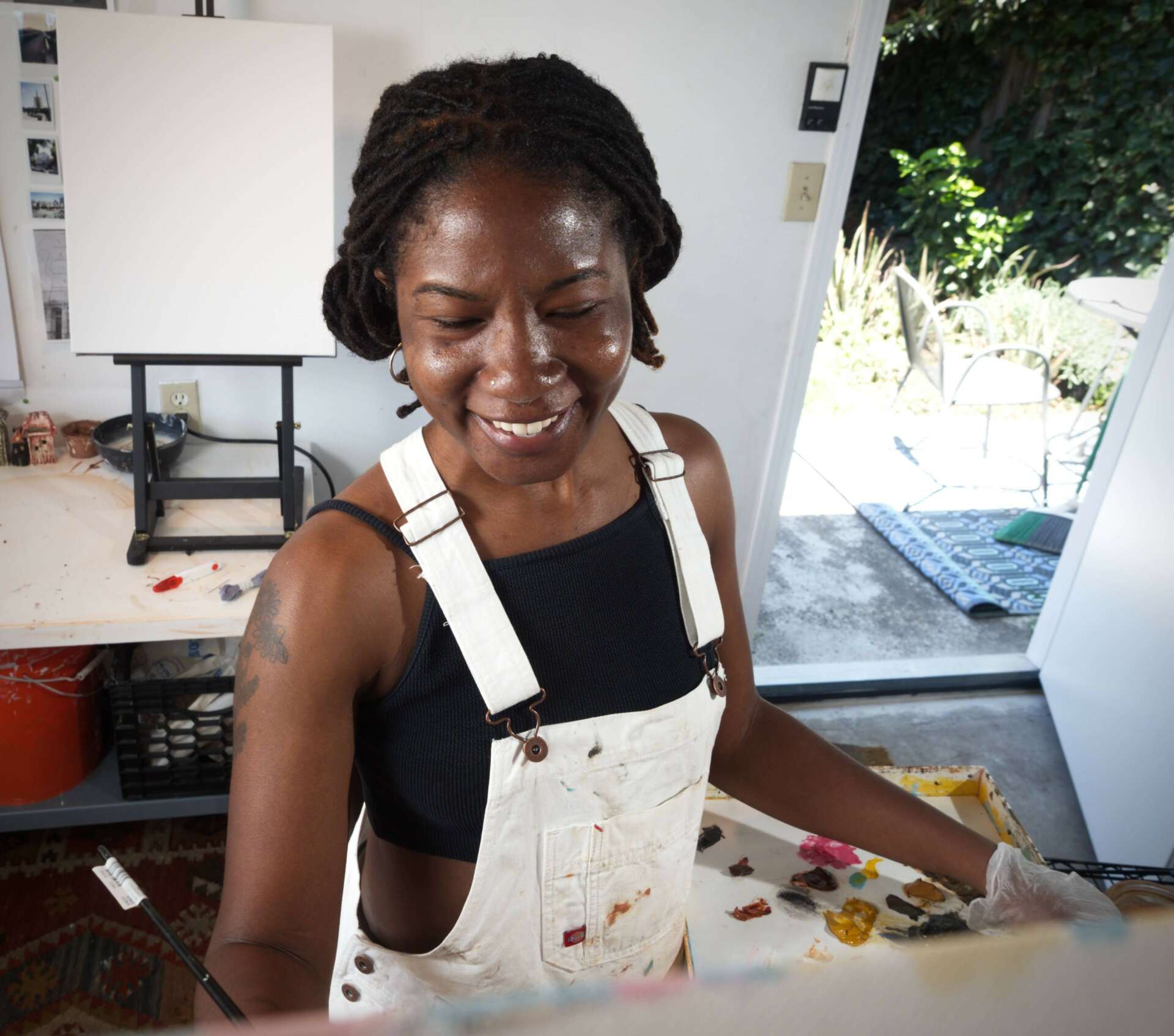We caught up with the brilliant and insightful Nimah Gobir a few weeks ago and have shared our conversation below.
Nimah, appreciate you joining us today. Can you talk to us about a project that’s meant a lot to you?
This year, I had the privilege of being accepted into the Museum of the African Diaspora’s (MoAD) Emerging Artist Program. As part of this program, I collaborated with curator Selam Bekele to curate an exhibition of my works. Currently, the exhibition is on view in MoAD’s salon gallery and will be open until August 20. This opportunity stands as a significant milestone in my artistic career, as it is my most substantial exhibition to date, showcasing works I have created over the course of nearly a decade.
This opportunity is particularly important to me because I had several people tell me to apply a few cycles ago. However, at that time, I did not have enough artwork on hand for an exhibition proposal. This show represents a turning point in my artistic practice because it grants my work greater visibility and recognition. It is an immense honor to showcase my art in a professional capacity, alongside a cohort of artists whom I deeply admire.
I am excited to witness the impact of this exhibition and the conversations it sparks, and I hope that it serves as a catalyst for further opportunities, collaborations, and growth in my artistic journey.
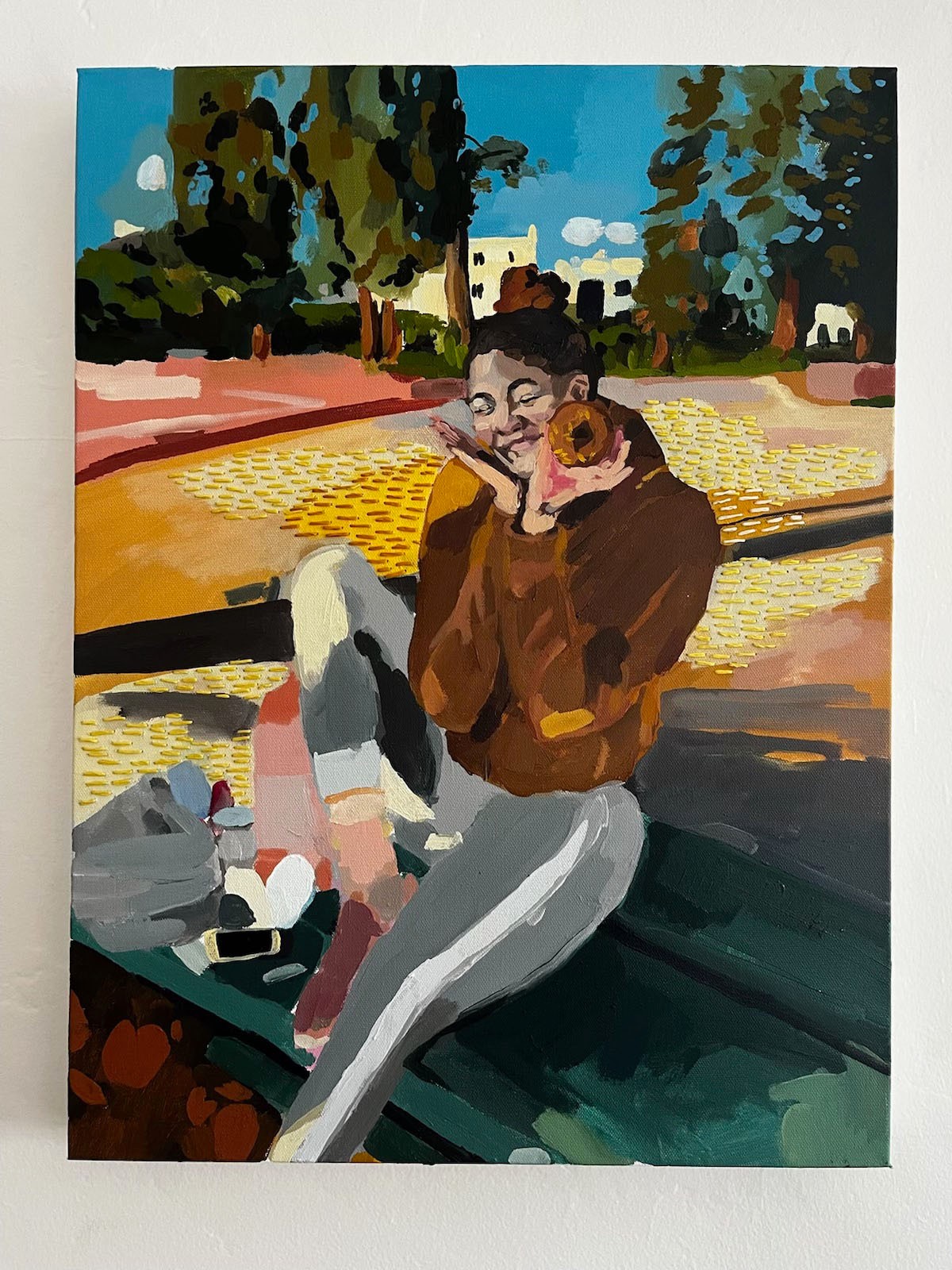
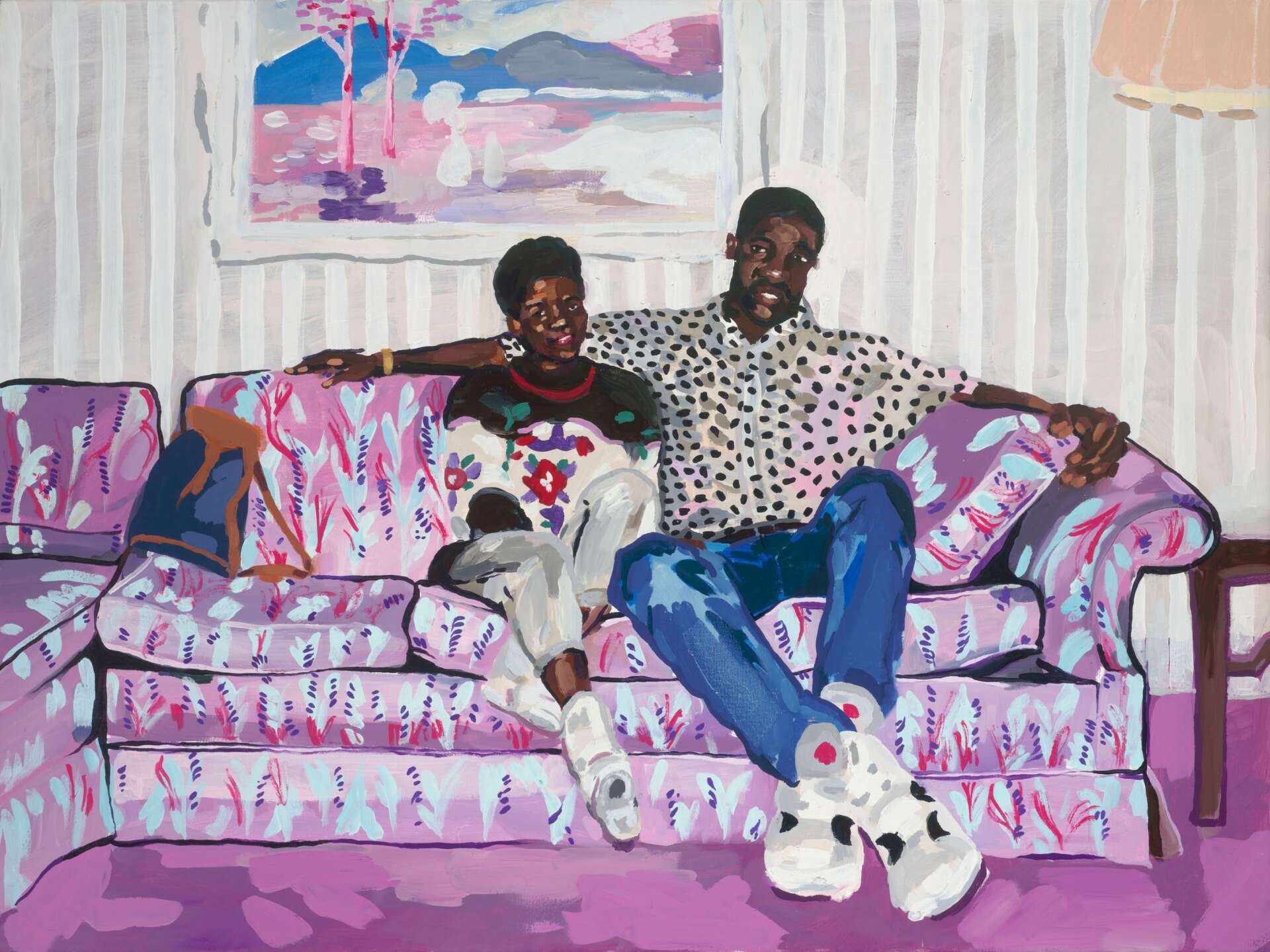
As always, we appreciate you sharing your insights and we’ve got a few more questions for you, but before we get to all of that can you take a minute to introduce yourself and give our readers some of your back background and context?
I am an artist and educator based in Oakland, California. My work explores how I came to inherit the complexities and nuances of my Black identity from my family. My figurative paintings capture the expressiveness of a face in reaction or at rest and how bodies accommodate and respond to other bodies in space. Artworks source my siblings’ and Nigerian-born parents’ memories while honoring their individual experiences and essential humanity. I draw from personal and autobiographical histories to imbue paintings with images that are at once tender and powerful. Each painting expresses the way family members and loved ones’ relationships are reflected in one another and the way that their everyday habits shape and enliven their living spaces.
Composed with expressive brushwork, hand-stitched embroidery, and household textiles, my work layers multiple textures into intimate domestic portraits. My use of found fabrics evokes hand-me-down clothes, quilting material. The textiles intentionally feature repetitive patterns to mirror the way homes, relationships, and memory take on a banality while being uniquely dear to each person. Through scenes of my sister and I getting our hair braided as children or my parents posed on a couch covered in the patina of early adulthood, I contend with the enduring results of diaspora and the renewal of belonging to a home.
One of my biggest accomplishments has been having my first museum show at the Museum of the African Diaspora (on view through August 20) and acquiring representation from Johansson Projects in 2022. In 2020, I completed a fellowship with Emerging Artist Professionals SF-Bay Area. Additionally, I’ve shown work at SOMArts, The Growlery, and Root Division where I was awarded the Blau-Gold Studio/Teaching fellowship.
I completed my undergraduate studies at Chapman University with a B.F.A. in Studio Art and B.A. in Peace Studies. Additionally, I have an M.Ed from Harvard Graduate School of Education with a focus in Arts in Education.
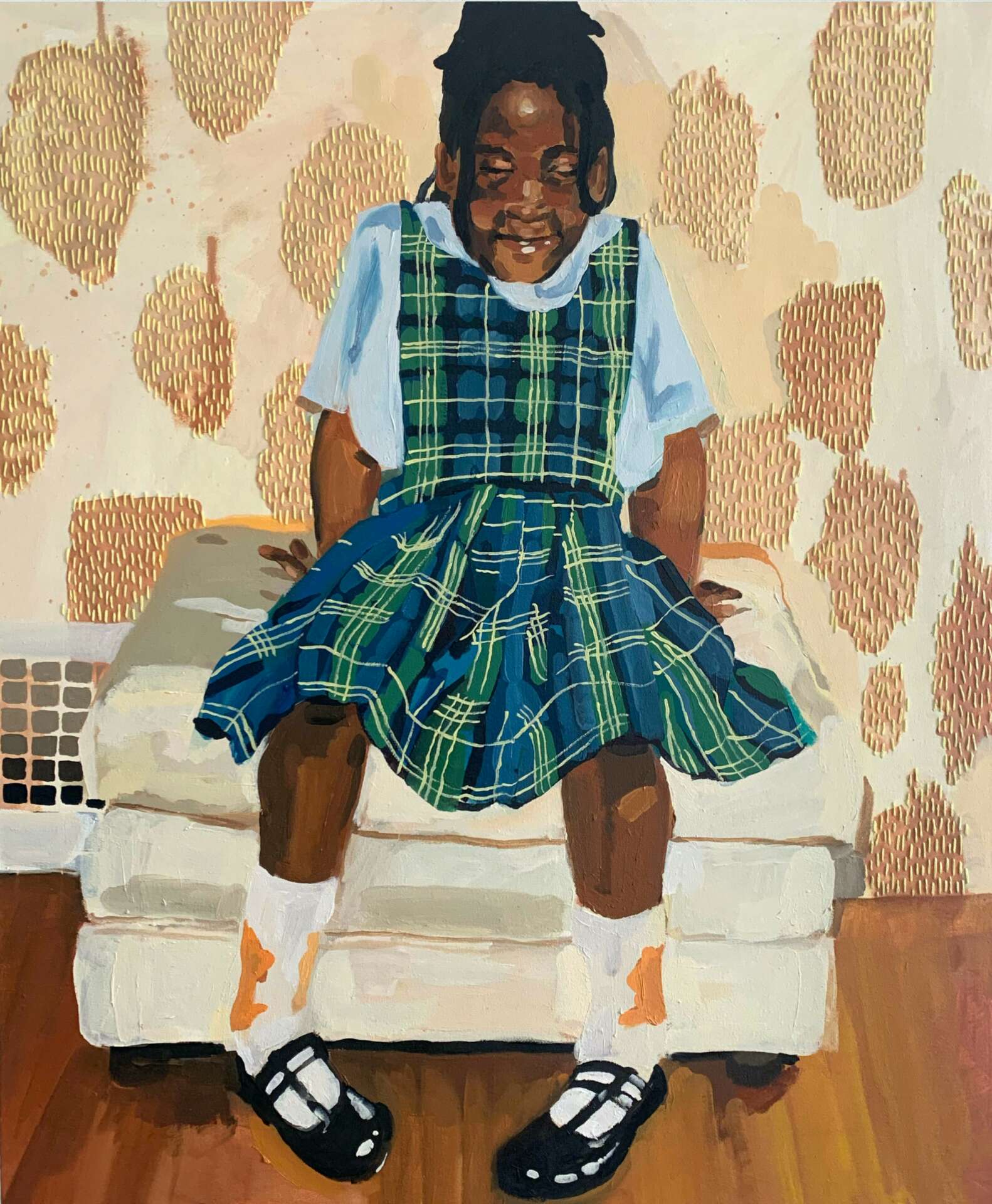
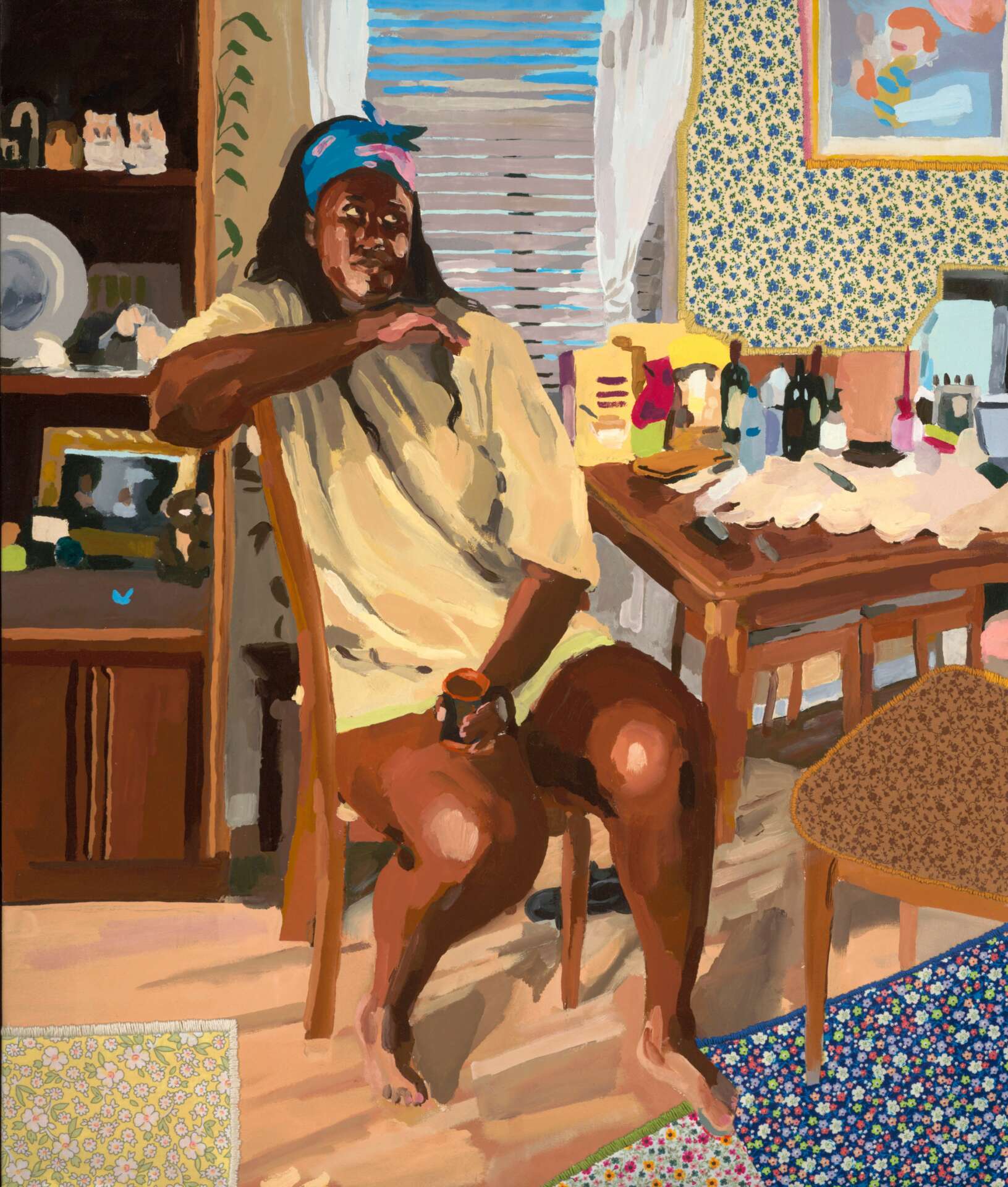
Have any books or other resources had a big impact on you?
Hanif Abdurraqib’s books, specifically, “They Can’t Kill Us Until They Kill Us” and “A Little Devil In America,” have had a huge impact on both my personal growth and artistic journey. Similar to Hanif, my art explores themes around tenderness, Blackness, and family. I can be hard on myself for being sensitive or thinking too much about seemingly small details, but Hanif reminds me that it’s okay to dwell in my emotions, embrace nostalgia, and maintain an unwavering curiosity. His writing affirms that these qualities are not only acceptable but also crucial aspects of my artistic voice. Through his work ,I’m aware of the inherent strength and authenticity that comes from allowing myself to be vulnerable and introspective.
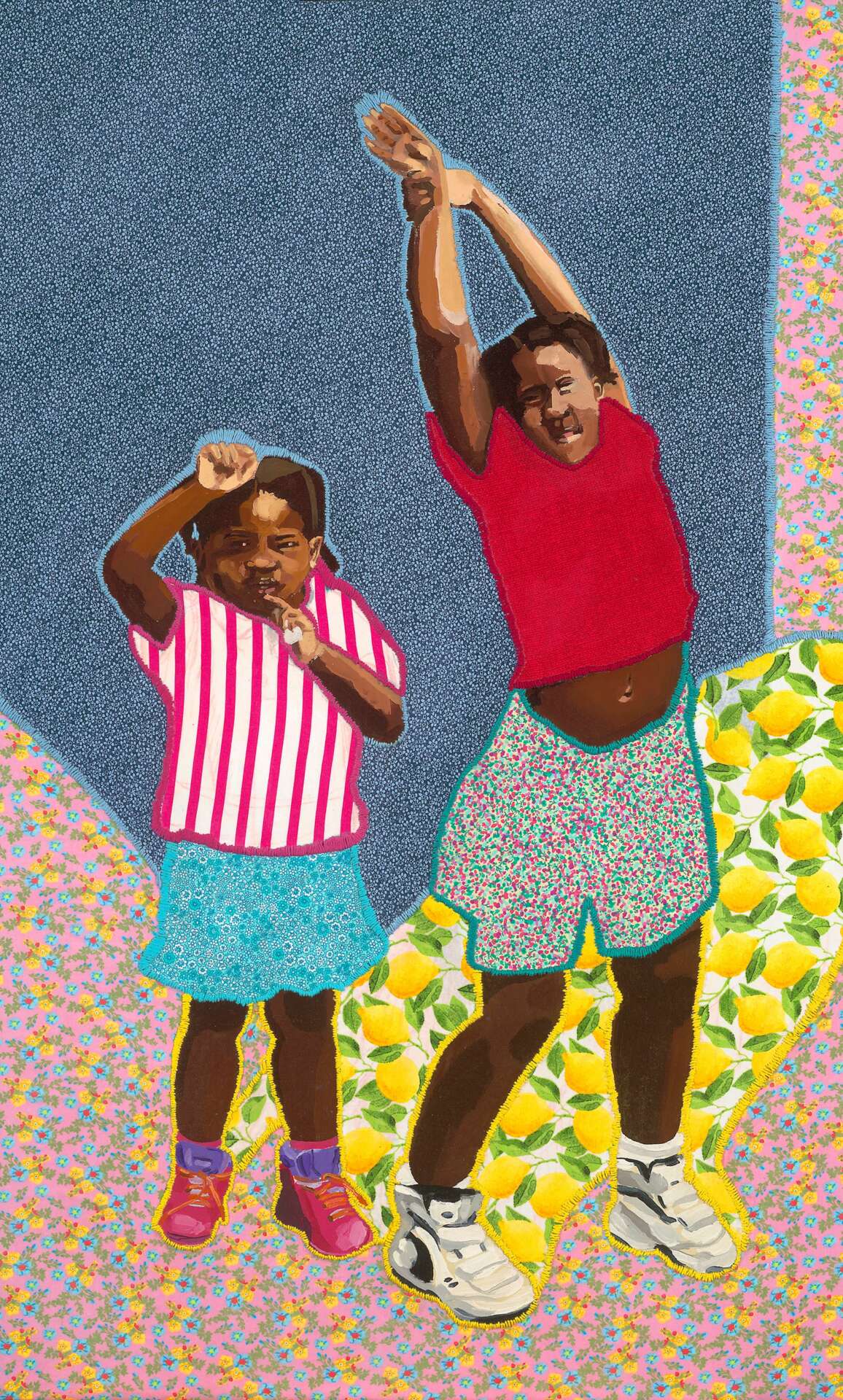
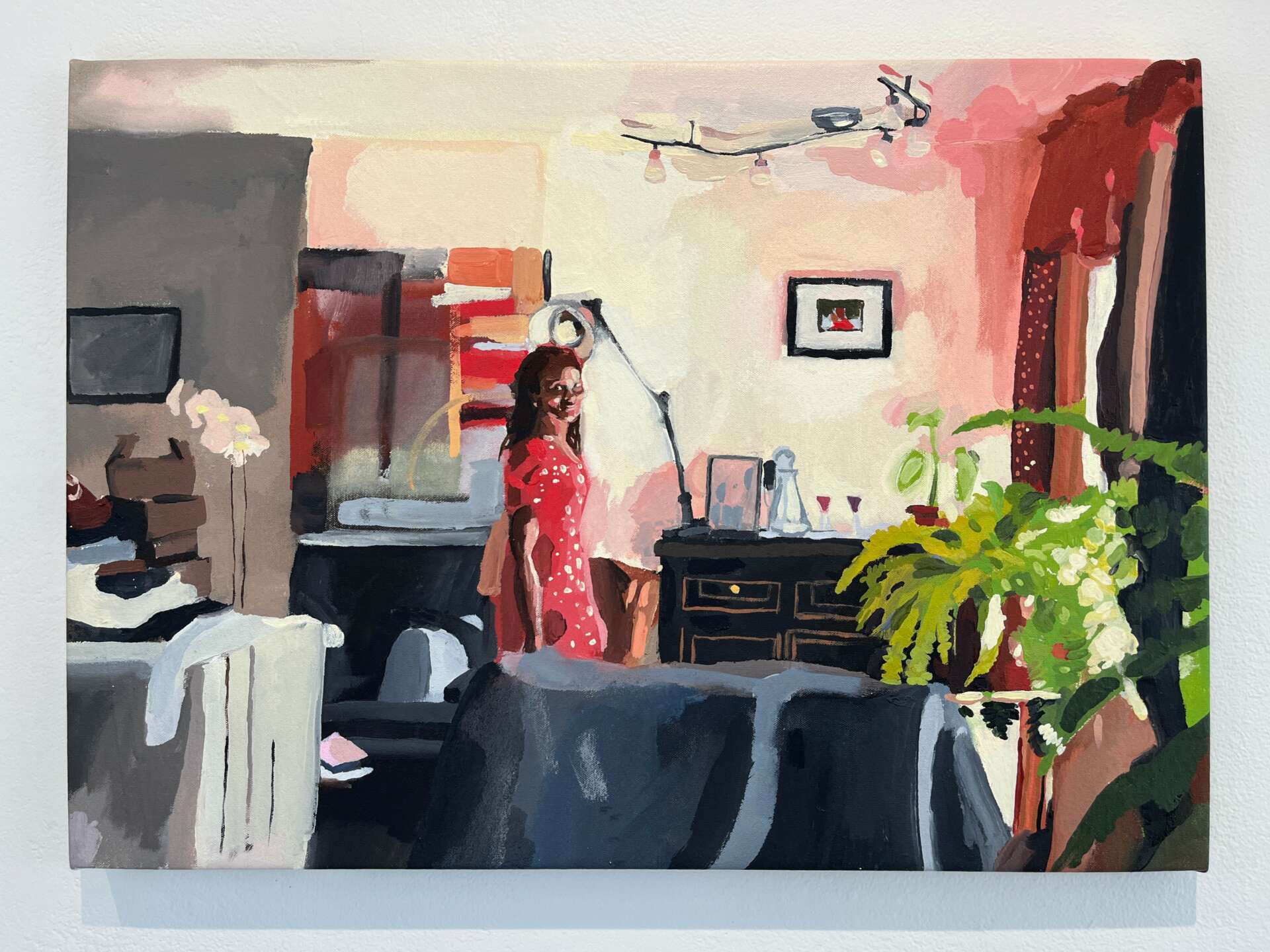
In your view, what can society to do to best support artists, creatives and a thriving creative ecosystem?
Being based in the Bay Area and being an artist sometimes feel like they’re in tension with each other, given the high cost of living in this region. I’ve always had to another job in addition to being an artist to afford studio space, but that can cut into the equally important mental space I need to create work.
I firmly believe that artists contribute to the beauty of cities and play a significant role in attracting people to live in these vibrant communities. So it is disheartening that the Bay Area lacks affordable housing options and studio spaces. I want a more accessible environment that supports artists and recognizes their invaluable contributions by subsidizing materials, studio space and housing. Additionally, I’d like to see more initiatives in place that ensure artists and other cultural custodians do not have to choose between pursuing their creative work and being able to afford rent.
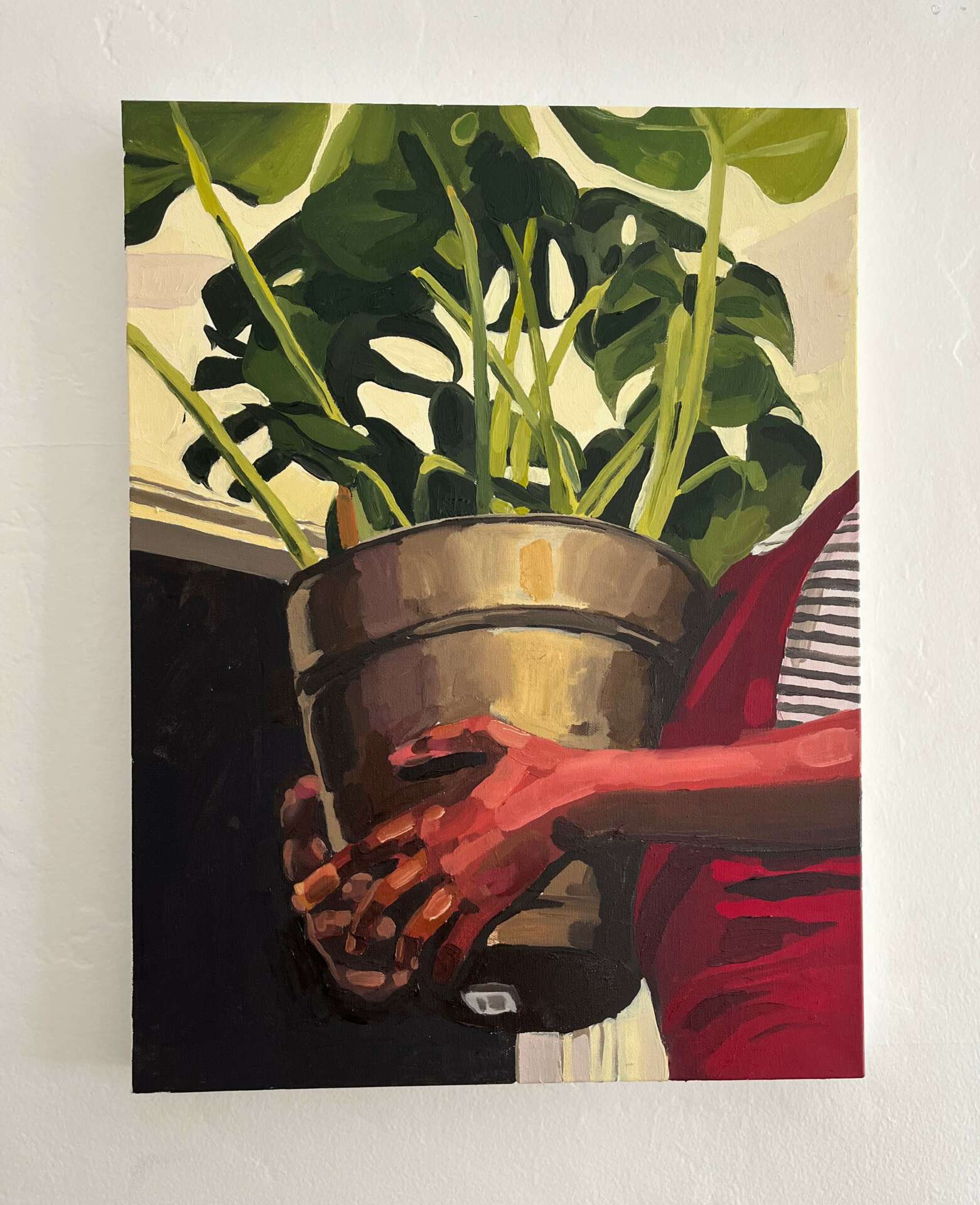
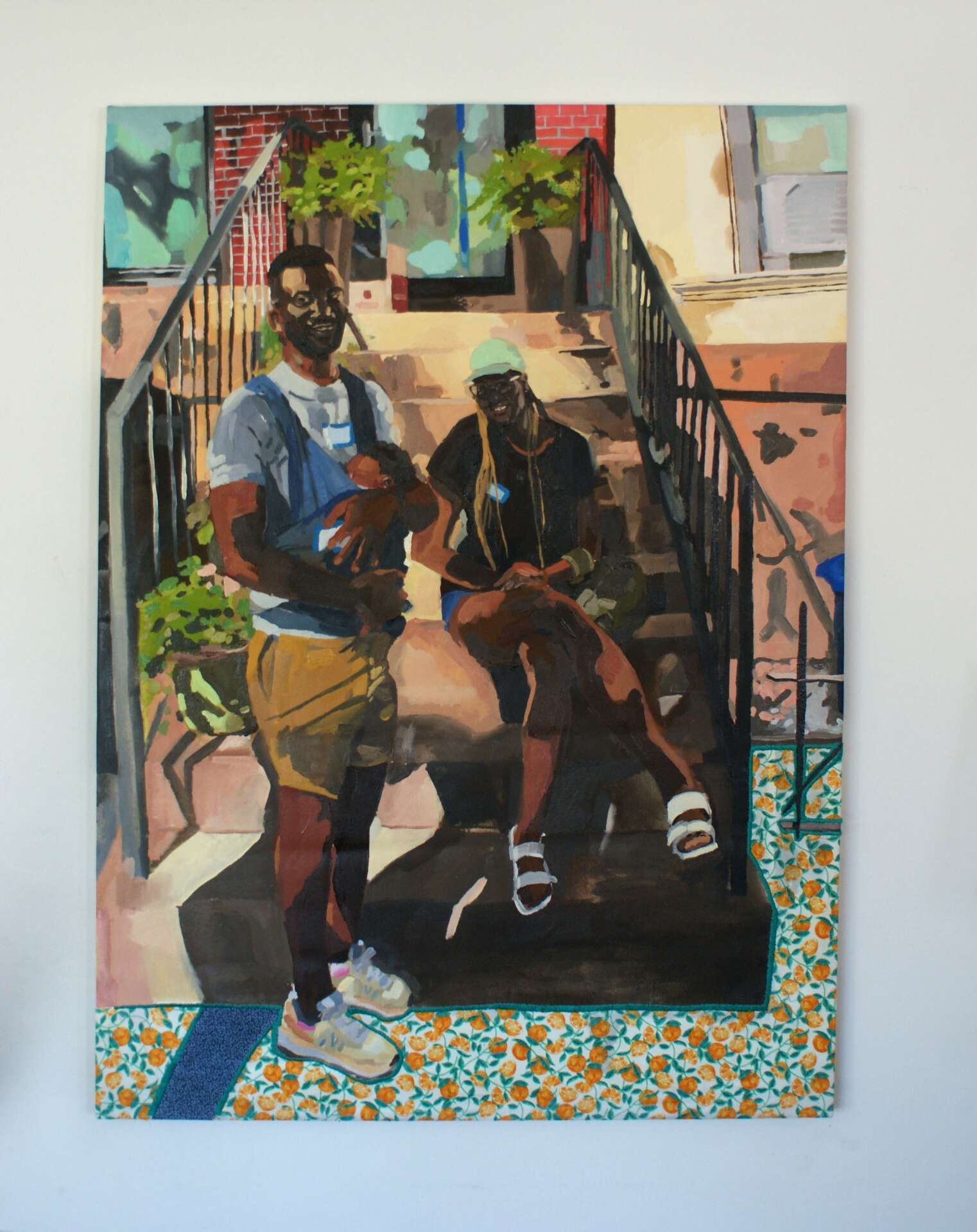
Contact Info:
- Website: www.nimahgobir.com
- Instagram: @findingnimah
- Linkedin: https://www.linkedin.com/in/nimahgobir/
Image Credits
Jonathan Botkin


